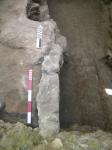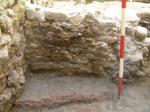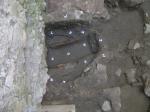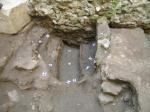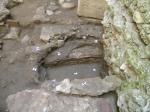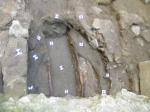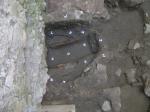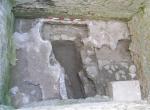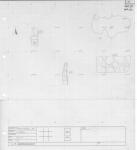
Interpretazione
-
- If the bell was cast using the method described by Teofilo then it seems that 3106 is one of the walls made to contain the whole furnace. These suppored the bell mold.
-
- Megan McNamee
- 9-7-2007
Stratigraphic Relationships
- Nessun Record e' Leggato
- Nessun Record e' Leggato
Descrizione
- wall oriented on a N-S axis - borders the bell casting pit
- form
- fairly well preserved
- masonry
- Surfaces not finished, but some yellow clay was used as a seal between the wall and the brown and pink striped clay pit foundation, SU 3137, along the wall's northern edge.
- no inclusions
- N-S: 0.89 m; E-W: 0.21 m; height: 0.67 m
- cement and brown earth
- irregularly shaped tawny yellow tufa blocks and some harder and heavy stones
- variable, approx 2.5 cm
- Irregularly shaped fragments of roman brick ranging in color from a vivid orange to a dark purply-red. The color variation is probably due to exposure to heat from the casting process.
- pale gray cement with no inclusions and dark brown dirt
- variable, approximately 10 cm
- approx 44 cm
- Wall cut by south wall with a N-S orientation. It forms the west side of the bell casting pit. Its easter face is slightly curved concave. Though the courses are not even, the pattern is about two rows of Roman brick fragments and one row of yellow tufa. The wall sits on a layer of cement on earth (also found between the courses). This brown dirt is also packed between the west face of the wall and the cut pavement.
- This wall, which is part of the system of walls installed for the bell-casting pit, was exposed long before the rest of the walls, etc. since it is so much higher. There was some loss from the upper-most course and the north end due to this exposure.
- none
Basic Information
- wall oriented on a N-S axis - borders the bell casting pit
Planimetria
Dettagli del Record
-
- Lisa Fentress
-
- Caroline Goodson
- 9-7-2007
- Megan McNamee
- 21-6-2007


